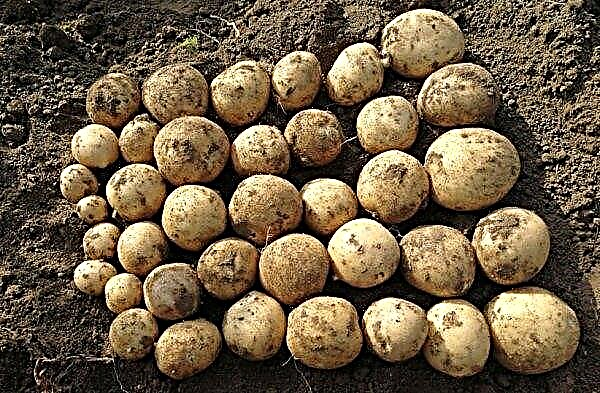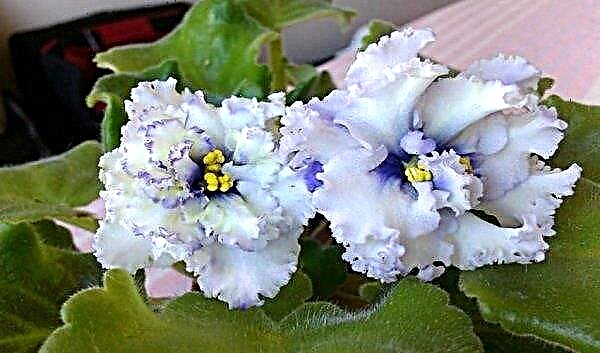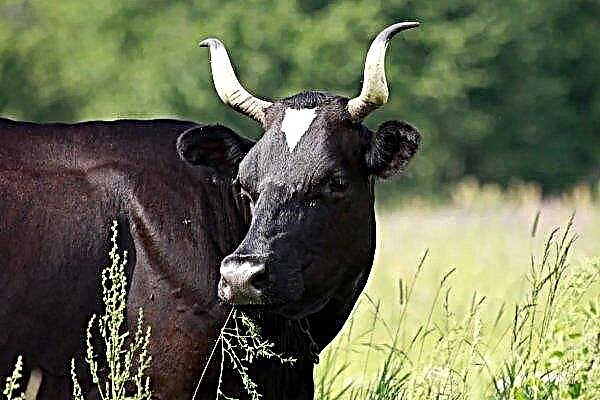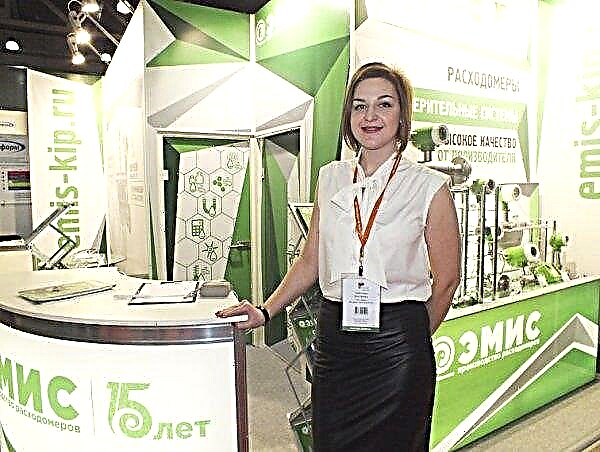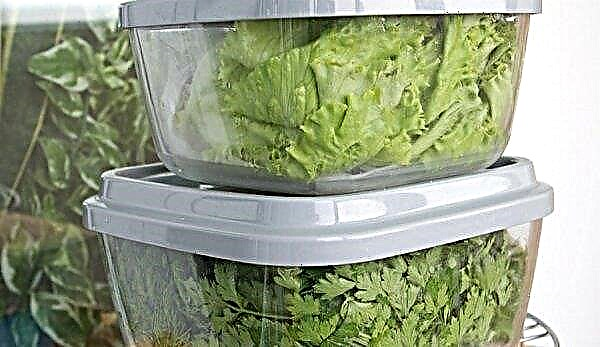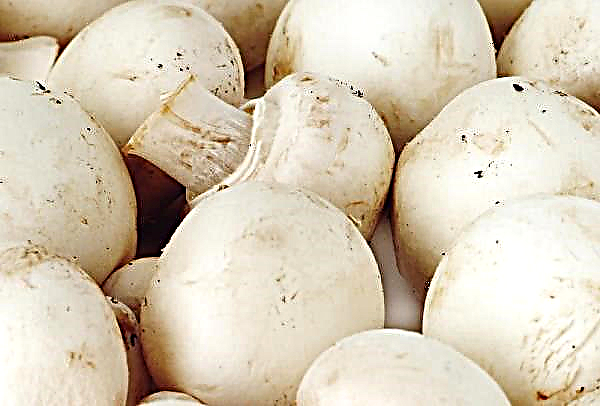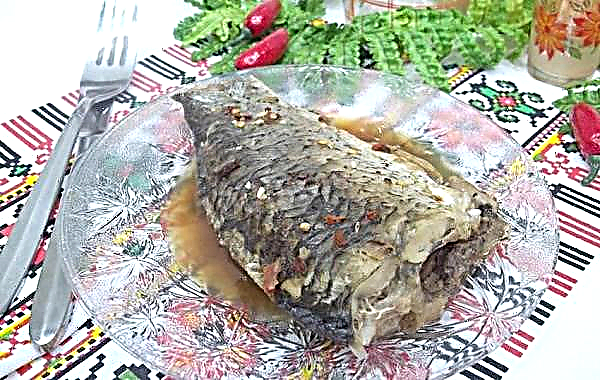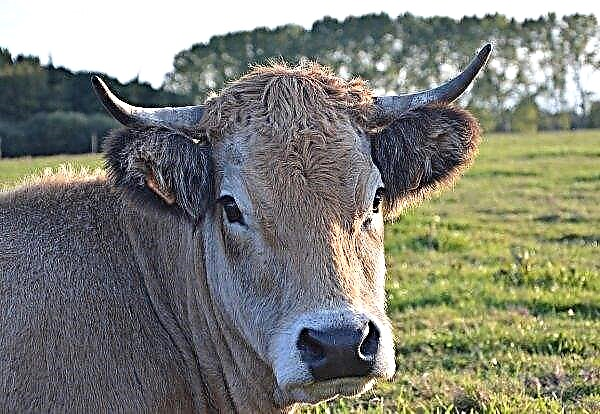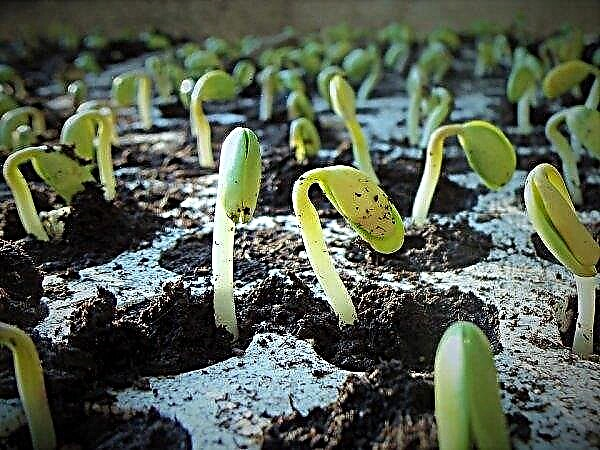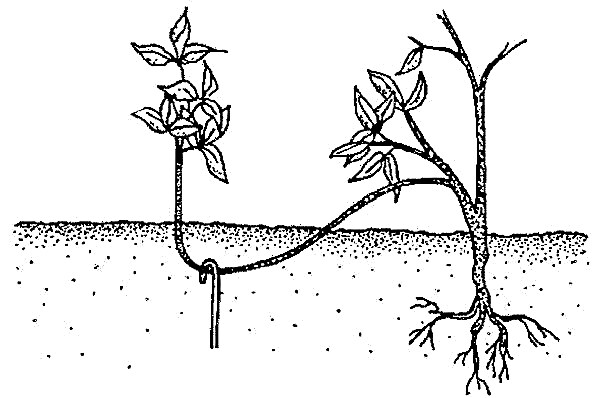Throughout the history of beekeeping, beehive patterns have constantly evolved. Beekeepers continuously improved their living conditions, which invariably led to the growth of families and an increase in honey collection rates. For such purposes, at the end of the 70s of the last century, the design of the alpine hive was designed.
What is the difference between an alpine hive and a usual one?
The idea of constructing an alpine hive belongs to the Frenchman Roger Delon, and their main difference from the previously used ones was the emphasis in new schemes on maximum amenities that were close to the natural conditions of the bees. The results obtained later only confirmed the theory of increasing the functioning of all members of the bee family in comfortable living conditions. By making changes in the horizontal section, the size of which began to correspond to the size of a bee club in its natural habitat (300 × 300 mm), Delon hives were light and convenient to operate.
Did you know? In the mythology of the ancient Indian peoples, honey is presented as the beginning of all principles.
One hive housing consisted of 8 frames and was 180 mm long and 320 mm wide. At the top of the structure was a strip (thickness - 9 mm), to which a wire was attached, with a diameter of 3 mm - it was intended as a limiter to the outline of the frame along the bottom of the structure, as well as on the sides. Over time, the height of the main body and its frames increased to 215 mm. In such hives there are no openings for the departure of bees, and its function is performed by a gap formed between the bottom and lower case, the size of which is 7 mm. Through the same hole, air exchange occurs - entering the hive, the air rises, enriched simultaneously with the exhaled carbon dioxide gas and water vapor, and then falls down. A feeder with the same dimensions as the transverse dimensions of the hive, as well as a ceiling with a thickness of 30 mm, is placed on top of the structure. This device protects the bees from overheating and protects the structure from the formation of condensation in the upper part.
Through the same hole, air exchange occurs - entering the hive, the air rises, enriched simultaneously with the exhaled carbon dioxide gas and water vapor, and then falls down. A feeder with the same dimensions as the transverse dimensions of the hive, as well as a ceiling with a thickness of 30 mm, is placed on top of the structure. This device protects the bees from overheating and protects the structure from the formation of condensation in the upper part.
Important! To minimize stress in bees and for their high performance in the summer, construction should begin in winter.
Design features
In addition to the main differences in the construction scheme of alpine hives, this design has a lot of features that distinguish it from others.
Benefits
- There are many advantages that distinguish Alpines from the usual multihulls:
- The ability to quickly and early formation of bee families.
- Greater adaptability of the hive to insignificant and sluggish prey - even with small bribes, the level of honey collection is much higher in comparison with sunbeds or multihulls.
- Lightweight construction - the weight of a full-hive hive is not more than 20 kg, which is very convenient when servicing them for people of advanced age or people with poor health.
- The possibility of using small plots to accommodate a large number of bee families.
- Simple cleaning of bottoms in the spring.
- The optimal conditions for bees wintering are full coverage of the frame with the club and its movement from bottom to top as the feed is eaten.
- A significant reduction in the cost of maintaining the desired microclimate.
Disadvantages
- The design has some disadvantages:
- The presence of a wire frame - its location at the bottom of the hives does not limit the bees in the construction, which leads to the merging of the upper and lower honeycombs. Experienced beekeepers replace wire frames with wooden frames.
- Increased number of frames - at least 48 pcs are required. per alpine.
- Continuous service of bee colonies in connection with their fast pace of development.
- Fast swarming process.
- The high construction of alpine hives can be affected by gusts of strong winds.
- Due to the low popularity of alpine hives, it is problematic to buy and change the framework - the beekeeper will be forced to independently engage in all carpentry work.
- Orientation of the sales market to the Dadanov standard and, as a consequence, the difficulty of selling bee packages and layering.
DIY alpine hive
The process of making alpine hives is quite simple, so any beekeeper, guided by the drawings, can make such a design on their own.
Necessary materials and tools
Before proceeding directly to the construction of the hive, you should stock up in advance with the following tools, which are required in the work:
- antiseptic agents for impregnation of boards;
- roulette or ruler;
- angle - required for measurements;
- hammer and hacksaw;
- drill, drill;
- nails, screws;
- glue and liquid nails;
- roofing material (galvanized sheet);
- the desired number of frames.
Important! Alpine hives are strictly forbidden to put directly on the ground, in order to avoid flooding, heat loss and the invasion of ants and parasites.
Determining the material, you can consider the following options:
- Wooden boards - as the preferred species, deciduous species (linden, aspen, poplar, willow) are used, which are extremely close to the natural habitat of bees, but in winter they will require additional warming. And conifers (pine, spruce, fir), which retain heat well and are inexpensive materials.
- Plywood - inexpensive material with the possibility of long-term operation, for the period of wintering it requires processing with an acrylic coating.
- Expanded polystyrene - does not require additional insulation in the cold season, but differs in fragility and high possibility of mechanical damage.
- Polyurethane - perfectly retains heat, does not lend itself to decay and decomposition, is not subject to attack by rodents. However, due to its structure, it practically does not let air through, which requires the installation of additional ventilation equipment in the hive.
- Styrofoam - differs in cheapness, but has a very fragile and unreliable structure.
Manufacturing process
Coming to the independent manufacture and construction of the hive, it must be remembered that the dimensions of all the details of the structure must strictly correspond to the selected drawing and be well fitted.
Video: how to make an alpine hive with your own hands
Stand
Technically, the stand does not apply to parts of the hive itself, but it is this part that gives stability to the entire structure. Usually, building blocks are used as the material, which are set strictly according to the level, taking into account the fact that the hivelets should be turned southeast. In the summer, hives can be exhibited on stands made of paving slabs.
Bottom
For the manufacture of the bottom, boards are required whose length is 350 mm. As a preliminary preparation, all of them are hanging around. On the boards intended for the front and rear walls, grooves are cut, the depth of which will be 11 mm, and the width is 25 mm, on each side. This will help in maximum docking with the side walls. First of all, in the manufacture of the bottom, one blank of the front or rear wall and one blank of the side wall are taken. The height of the bottom is 50 mm.
Did you know? To collect 100 g of honey, a bee needs to fly around 46,000 km, which is equal to the length of the equator.
Parts are cut, using a circular, into workpieces with a width of 50 mm - they will be used as strapping the bottom. Then a quarter is cut out in the prepared boards - 20 mm remains for the frame space, the rest is cut out. To make a tap hole, 2 holes are drilled in the strapping wall, the diameter of which will be 8 mm, and is cut by a circular on both sides. Then you can proceed with the assembly work of strapping the bottom using a square or conductor. The bottom strapping is set, the tops are leveled and the whole structure is twisted with self-tapping screws. Under the arrival place of the bees, a perch is fixed. Next, the bottom plate is assembled in a quarter and is also fixed with self-tapping screws. At the bottom, the bottom is screwed onto the runners - this will slightly raise it above the stand.
Then you can proceed with the assembly work of strapping the bottom using a square or conductor. The bottom strapping is set, the tops are leveled and the whole structure is twisted with self-tapping screws. Under the arrival place of the bees, a perch is fixed. Next, the bottom plate is assembled in a quarter and is also fixed with self-tapping screws. At the bottom, the bottom is screwed onto the runners - this will slightly raise it above the stand.
Housing
In the manufacturing process of the Alpine body, similar blank boards are used, as in the assembly of the bottom. A quarter is cut out on each of them, under the shift limiters (shoulders) of the frame with dimensions of 11 × 11 mm. Special sinuses under the fingers are milled on the front and back walls of the hive, for ease of movement. After preparatory work, the body is assembled and twisted with self-tapping screws, according to the principle of manufacturing the bottom harness.
Awning
Manufacturing of the roof cover is the next stage of construction, after the assembly of the hive body. It will require 10 mm thick boards and prefabricated boards that were previously used in bottom strapping processes. Using the principle of manufacturing the bottom, the underbody cover is assembled and then the shield is taken in a quarter. Next, a hole with a diameter of 90 mm is cut, which will be used for the feeder. The opening is closed with a stainless steel mesh 2.5 × 2.5 mm in size, which is attached with a stapler from below.
Next, a hole with a diameter of 90 mm is cut, which will be used for the feeder. The opening is closed with a stainless steel mesh 2.5 × 2.5 mm in size, which is attached with a stapler from below.
Cap
The main feature of the lid is its possibility of free throwing on the roof cover, which rests on the milled quarter at the bottom of the roof cover. The manufacturing and assembly process has the same basic principles as in the case of the armpit, taking into account the divergence in the angle bundle.  The connecting quarter has dimensions 15 × 25 mm, while the dimensions of the shoulder remain the same - 10 mm.
The connecting quarter has dimensions 15 × 25 mm, while the dimensions of the shoulder remain the same - 10 mm.
Framework
Frames are the main part of the entire construction of the hive. Most often, linden with thorns is used for their manufacture, without the use of nails or self-tapping screws. The side walls are attached to the bottom of the frame with spikes, and then clog into the upper bar. The width of the upper bar is slightly larger than the lower, because its fastening is due to the notches. The whole structure is assembled using PVA glue.
The width of the upper bar is slightly larger than the lower, because its fastening is due to the notches. The whole structure is assembled using PVA glue.
Features of keeping bees in alpine hives
A distinctive feature of the maintenance of bees in alpine hives is the rapid development of bee colonies, which is several times faster than the process in ordinary multihulls. Within one week, housing development takes place and a delay in the installation of the subsequent building can cause delays in family formation and swarming processes. This leads to the need for a weekly inspection of families by the beekeeper. All winter bees spend in two buildings.
With the onset of spring, after removal of the hives from wintering, an inspection of the condition of the feed is carried out, the bottom is replaced. If necessary, frames with honey and perga are added to the lower case. Since the temperature of the upper tier is higher than the lower, it is his uterus that chooses for oviposition. After sowing all cells, the uterus passes into the lower body. After the appearance of sowing in it, it is necessary to replace the bodies - in this case, the lower cells will be released from sowing, and in the upper cells, the uterus will continue to sow.
In 6-7 days, after the appearance of the first small bribes, the bee family needs to be expanded - a case is prepared in which there are frames with rebuilt honeycombs (land), low-copper frames and two frames with empty honeycombs (wax), placed between the main buildings. At the same time, the upper and lower bodies are interchanged. The next, fourth building with empty honeycombs is placed second from above and then the 2 lower ones are swapped - the bee family is distributed in such a way that brood is located at the bottom, and frames with honey are located in the upper tier. By mid-May, in order to avoid swarming, layering is done from the family, and then new buildings are added from above. In mid-summer, the family will develop to the number of 4 brood buildings.
The next, fourth building with empty honeycombs is placed second from above and then the 2 lower ones are swapped - the bee family is distributed in such a way that brood is located at the bottom, and frames with honey are located in the upper tier. By mid-May, in order to avoid swarming, layering is done from the family, and then new buildings are added from above. In mid-summer, the family will develop to the number of 4 brood buildings.
Immediately before the start of the main bribe, the entire printed brood is moved to the upper bodies, and the open one to the lower ones, overlapping them with a grill, to prevent the uterus from moving up. At the end of the summer, after pumping out honey, only 3 cases are left - with a bread pan, brood and honey frames. To feed the brood and build up a fatty body, a bee bread is used. After its completion, the lower case is removed, and two cases remain for the winter.
In winter, hives are kept in Omshanik or, if wintering occurs on the street, they are wrapped with roofing felt. Despite the many different options, alpine hives are highly appreciated by beekeepers for their convenience, ease of manufacture and low cost, as well as compact size and ease of transportation. Using this design helps to increase the efficiency and productivity of the entire apiary at minimum cost.


